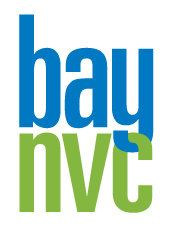 One of the challenges that nonviolent campaigns face is how to engage those in power. Whether it be the British officials, as in Gandhi’s case, or the 1 percent, as for the Occupy movement—seeing and appealing to the humanity of those whose actions we oppose is central to practicing nonviolence.
One of the challenges that nonviolent campaigns face is how to engage those in power. Whether it be the British officials, as in Gandhi’s case, or the 1 percent, as for the Occupy movement—seeing and appealing to the humanity of those whose actions we oppose is central to practicing nonviolence.While I have known this for years, it wasn’t until a recent trip to India, where I visited an unusual school created for the poor called Barefoot College, that I learned in full just how far this principle goes and began to wonder how we might practice it in a place like North America. Read Full Article on Waging Nonviolence.


Really enjoyed this, and esp. the invitation to imagine similar ventures in U.S. A couple of themes stood out: (1) the existence of such a college and (2) the reminder to connect with the human needs/values of people we may disagree with. I'm very curious about how the Barefoot College was founded and funded. I'm aware of grassroots leadership programs that have recently lost all funding and let go of paid staff, which sparked discouragement in me about how these things can happen sustainably. I want to believe, and am intrigued by gift economy and initiatives for a moneyless world, and perhaps need greater access to faith/trust and imagination. Re: the connection to values, I second the post on Waging Violence about George Lakoff and Gene Sharp. Lakoff esp. has written extensively about the values (needs) that appeal to different political constituencies.
ReplyDelete